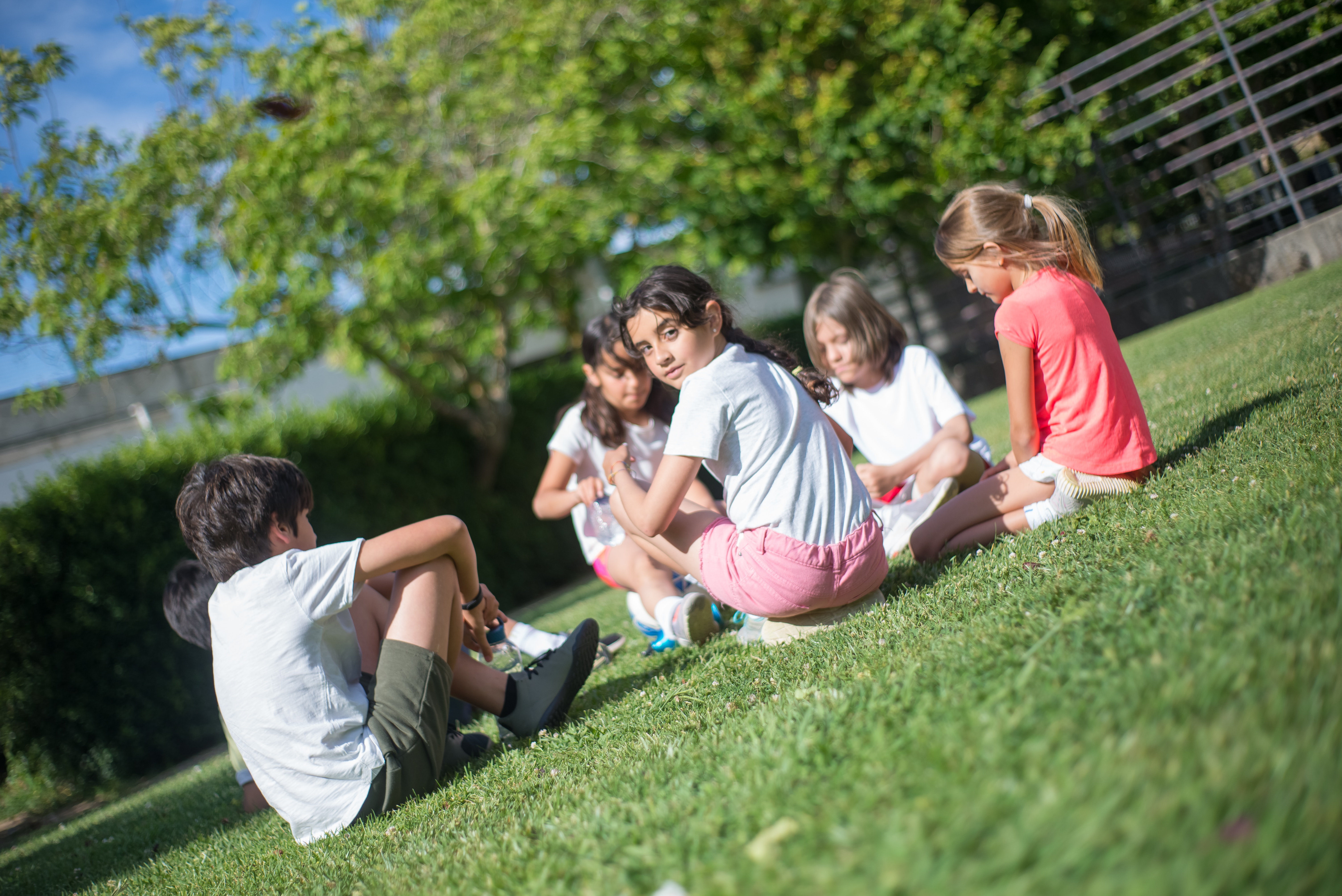
Today, more than ever in human history, some things can be done to make our homes feel safe and secure. But with all the time we spend indoors looking at screens instead of making connections with neighbors, it also makes sense that many homeowners today feel less safe and secure than they did a few decades ago.
Violent crime rates have decreased even as our feelings of danger lurking around every corner increase. So what can you do to help assuage your fears -- and make the community safer in return?
Plenty! Establishing yourself as a member of your society and working together for its betterment is one surefire way to allow people more excellent safety while simultaneously reducing criminal activity nearby. If people believe they can rely on others, they stop living in perpetual fear. Here are some tips on getting started:
Make friends with neighbors
Moving into your new neighborhood is an exciting time, but it can also be intimidating. Make sure you get to know the people around you! Introduce yourself and offer any help that might arise in case something goes wrong or someone needs assistance with their problems. You never know who will become your new friend.
Get To Know Your Community
Developing a good understanding of your community and how it functions is essential. The more you know about what makes up the culture, values & physical layout, the easier time will be to identify potentially suspicious activity.
Secure your own space
There are not only neighbors who can do to help you keep your home safe. Ultimately, the responsibility to secure your property lies with you, so make sure you spend some time looking at your home's vulnerabilities and deciding how to fix them.
Remember to:
Close windows, doors, and blinds at night.
Improve lighting on your porch, garden & street.
Install a security system.
Build a community group and organize regular meeting
Consider organizing regular community or neighborhood meetings. These provide a platform for people in your neighborhood to voice concerns and organize local safety efforts. Here they can share ideas, brainstorm and implement solutions, solve disputes, and even prevent potential serious litigations. Meetings are also great for neighbors to become more familiar with local issues and laws.
Become a buddy for alone people
Make sure you reach out to the lonely and older people in your area so they can stay connected with their community. Organize monthly meetings for those who might feel isolated, or set up a support group that visits one person every few days--organizing coffee shops are always helpful! If there's an even higher number of Senior citizens living alone but close by each other, try organizing any possible gatherings between them.
Form a Facebook group
Let's face it: We are all on Facebook more than is probably healthy for us. But this can be turned to your advantage if you leverage it as an asset.
Form a community safety Facebook group that is geared toward your specific community. There is more than likely already a general community Facebook group; join that one, and ask the moderators if it's okay to advertise your safety-focused group there.
It's up to you if you want to create standards for joining the group. If you decide to do that, it might make sense to recruit a moderator or three to help you manage to enter requests and maintain the group's standards.
You can use this Facebook group to discuss safety issues, advertise safety meetings, make safety-related announcements, and much more.
Warn people of suspicious activity
Now you are the owner of a Facebook Group & host of regular community meetings. If you notice something suspicious or even dangerous, tell your community about it. Open the discussion on how you can get rid of that problem together.
Share tips for safer landscaping
You might not think of your landscaping as a safety hazard, but think again: Dead or dying trees or carpets of dry pine needles can be a natural fire hazard, and if your landscaping allows someone to creep up to your front door unseen by anyone else, that can be a problem, too. And that's not all. An insect or vermin infestation could present a safety hazard (wasps' nests, anybody?).
Teach social media safety
Even though billions of people are on social media, it's still a new world for many of us. As a result, people often post updates or photos on social media that are an actual safety risk.
One prominent example is announcing your vacation plans on social media or posting photos of your trip while you're still away. It might not lead to anything harmful, but if someone happens to be waiting for an opportunity to break into your house, you just provided them with a good one.
Share safety tips and best practices on social media with your community group, and encourage them to spread the word. The more people know about the risks of posting random life updates on social media, the better. After all, you can always upload those photos of your toes in the sand after you're back home, simultaneously giving yourself a little vacation extension.
Lead by example
It is essential to teach kids about bullying, violence, and empathy. Encourage your children to resolve conflicts peacefully, take action if they hurt themselves or see someone else being hurt, and be aware of their surroundings.
Set boundaries for where your children may go
If you have kids yourself, make sure that they not only know their neighborhood but are also very aware of their boundaries. Tell them if you don't want them venturing onto undeveloped property or beyond certain roads! Show them exactly where their cutoff points lie and talk to them about what to do if they're tempted to travel beyond them -- maybe after a lost ball. Help them plan how to handle those situations so they won't be hurt and you won't be angry.
Making the neighborhood safer isn't just one person's job -- it's everybody's. By joining forces with your neighbors and working with local law enforcement, you'll improve safety in your area by leaps and bounds.
Give neighborhood tours for kids.
We don't let kids run around outside as much as we used to, but it's a good idea to ensure the children in your neighborhood know how to navigate it. One way to encourage kids to learn more about their neighborhood is to host a kid-friendly tour that parents can join.
What should be on tour? Kids might want to know where the schools, playgrounds, parks, police stations, and fire stations are in their neighborhoods, so include those for sure. It might also be worth your time to talk to retail store owners or other stakeholders in the community and ask them if they have any information they want you to pass along during the tour. Where can kids go skateboarding without breaking any rules? Does the owner of the ice cream shop have a bike rack where they can lock up their bikes?
Depending on how many children are in your neighborhood, this might be a one-time activity, or it could be something you repeat several times a year. Talk to the parents in your community safety group to ask them what's best for them -- maybe one of them can help coordinate the tours moving forward.


